
Editor’s Note: The following is an excerpt from Chapter 3: The Rise of Chatbots from the book Conversational Marketing: How the World’s Fastest Growing Companies Use Chatbots to Generate Leads 24/7/365 (and How You Can Too).
This book, written by Drift CEO, David Cancel, and VP of Marketing, Dave Gerhardt, forms the basis for Conversational Marketing as a practice. And shares insider strategies for implementing Conversational Marketing in a rapidly evolving sales and marketing landscape. You can order your copy of Conversational Marketing today here.
Read on more insights from chapter three ?
__
Regardless of how you personally feel about chatbots, there are two facts that can’t be ignored: (1) People are using chatbots and (2) Chatbots can be useful . . . provided you use them correctly.
At Drift, our philosophy when it comes to using chatbots for marketing and sales is to get them out of people’s way as soon as possible. The chatbots we put on our website aren’t there to entertain people or to waste their time, they’re there to help people and to save them time. What’s more, we never try to pass our chatbots off as human. While the Turing test has conditioned generations of developers into thinking that the goal of building a chatbot should be to have it perfectly simulate a human during conversation, I don’t really think of it like that. At Drift, our goal is to build chatbots that can solve specific problems (and solving those problems usually doesn’t require that chatbots be able to trick people into thinking they’re human).
A Modern Approach to Understanding AI
Traditional definitions of AI are rooted in this notion that human intelligence should be the measuring stick. So if we want to determine whether a machine is intelligent, we test to see whether it can do things that humans need intelligence to do.
A separate camp of AI researchers, however, argue that framing AI as a quest to understand and imitate human intelligence is the wrong approach. They argue that the goal of AI shouldn’t be to build computer programs and chatbots that can behave like humans but to build computer programs and chatbots that can solve problems creatively, and that can maximize their chances of success toward achieving some goal.
That’s exactly how we think about the AI chatbots we build at Drift, where we use the power of machine learning not to make our chatbots more human-like, but to make them better at the tasks they’re performing. And that’s why the notion that chatbots could someday replace marketers and salespeople is misplaced: We’re not building chatbots that can do everything humans can do, we’re building chatbots that can automate those tedious and repetitive tasks that humans hate doing.
Chatbots and Humans (Not Chatbots Versus Humans)
Using chatbots as part of your marketing and sales strategy isn’t about replacing humans, it’s about supplementing your human workforce and helping them do their jobs as efficiently as possible. And in a world where billions of people now prefer to communicate via messaging and have come to expect a real-time buying experience by default, most marketing and sales teams could use that extra help that chatbots can provide.
In addition to being the perfect solution for keeping messaging—your website’s real-time lead generation channel—up and running on nights and weekends, chatbots can help you manage conversations during the day. This becomes especially helpful during times when you have an influx of visitors to your website and are struggling to respond to everyone. In cases like those, a chatbot can automatically jump in and let people know that you’ll be with them shortly. Granted, in a subset of those cases, the chatbot will be able to resolve a person’s problem in a few seconds, before you ever have the chance to chat (see Figure 3.2).
While I personally want my marketing and sales teams to have human-to-human conversations with as many customers and potential customers as possible, I also understand that sometimes people are just looking for quick answers. So instead of forcing them to stick around and talk, we can cater the experience to their needs by using chatbots to provide self-service access to the information they’re looking for.
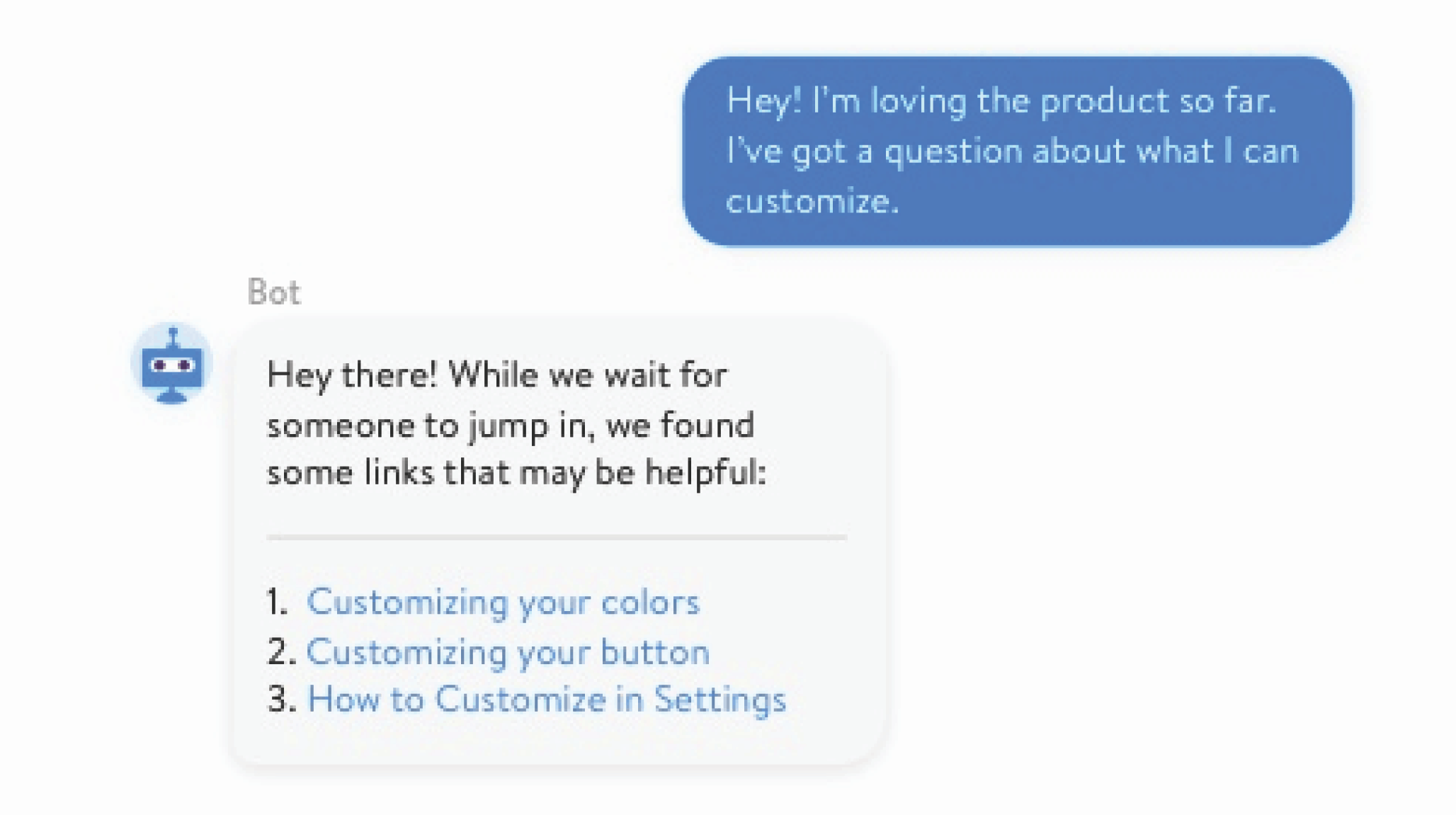
Figure 3.2 Chatbots can provide speedy responses to common product questions.
Since incorporating chatbots into our marketing and sales strategy, the way we engage with website visitors at Drift has evolved dramatically (see Figure 3.3). Of the 20% of people who start conversations with us via messaging, 48% of those conversations are now being managed solely by chatbots.
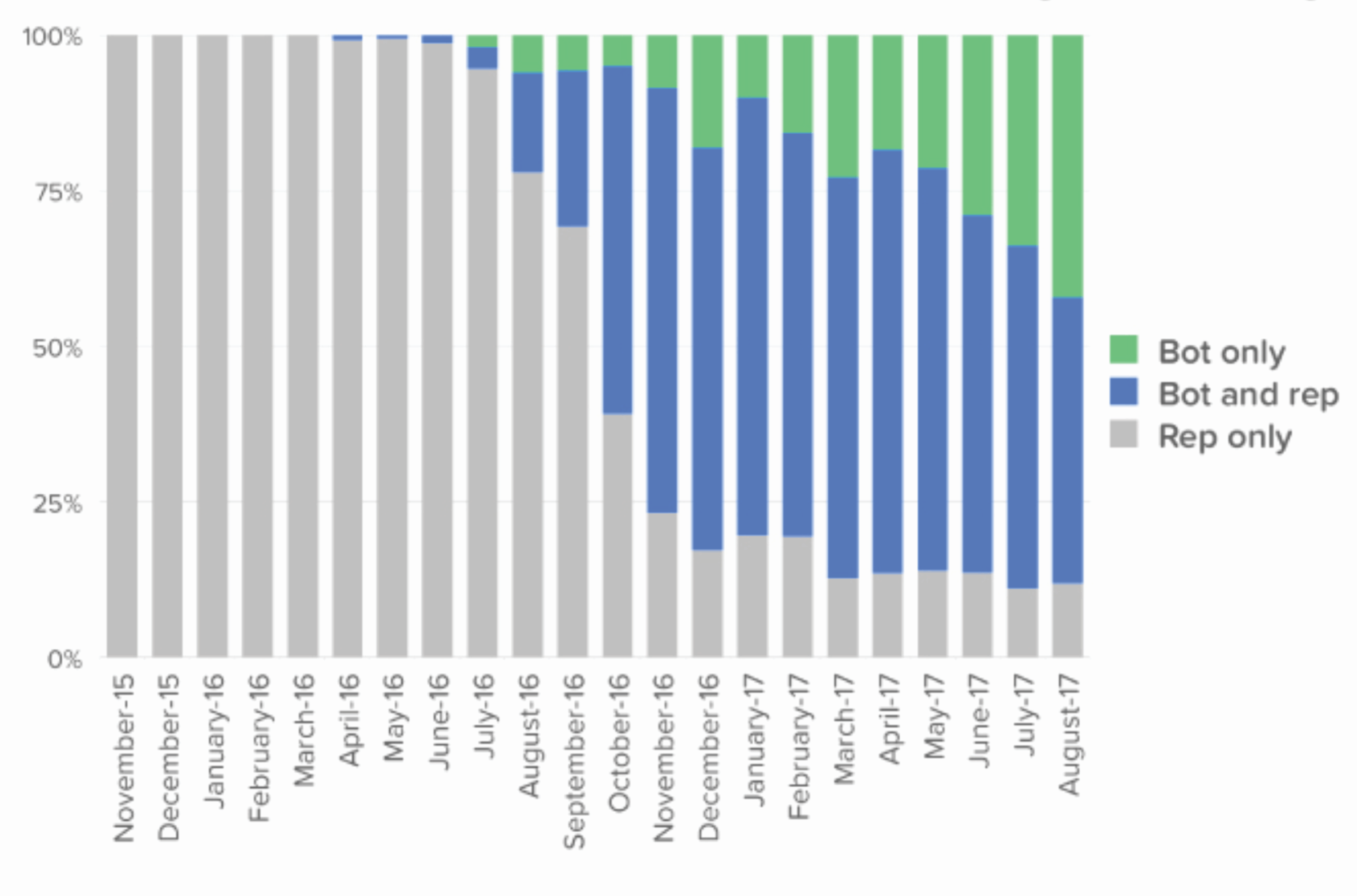
Figure 3.3 A breakdown of how conversations are managed on the Drift website.
We’ve gone from having humans manage 100% of our incoming conversations on their own to now having them manage just 10% of conversations on their own. The remaining chunk of conversations (around 40%) are managed by a combination of chatbots and humans.
It’s a team effort, just as marketing and sales has always been a team effort. By adding a chatbot to that team, you’ll be able to deliver a real-time, on-demand buying experience at scale.
How Chatbots Enable a Better Buying Experience
In a 2018 report that Drift published in partnership with SurveyMonkey Audience, Salesforce, and myclever, we uncovered the most common frustrations that consumers face when it comes to traditional online experiences (see Figure 3.4). At the top of the list: websites being hard to navigate (34%). This was followed by not being able to get answers to simple questions (31%), and basic details about a business, like address, hours of operations, and phone number, being difficult to find (28%).
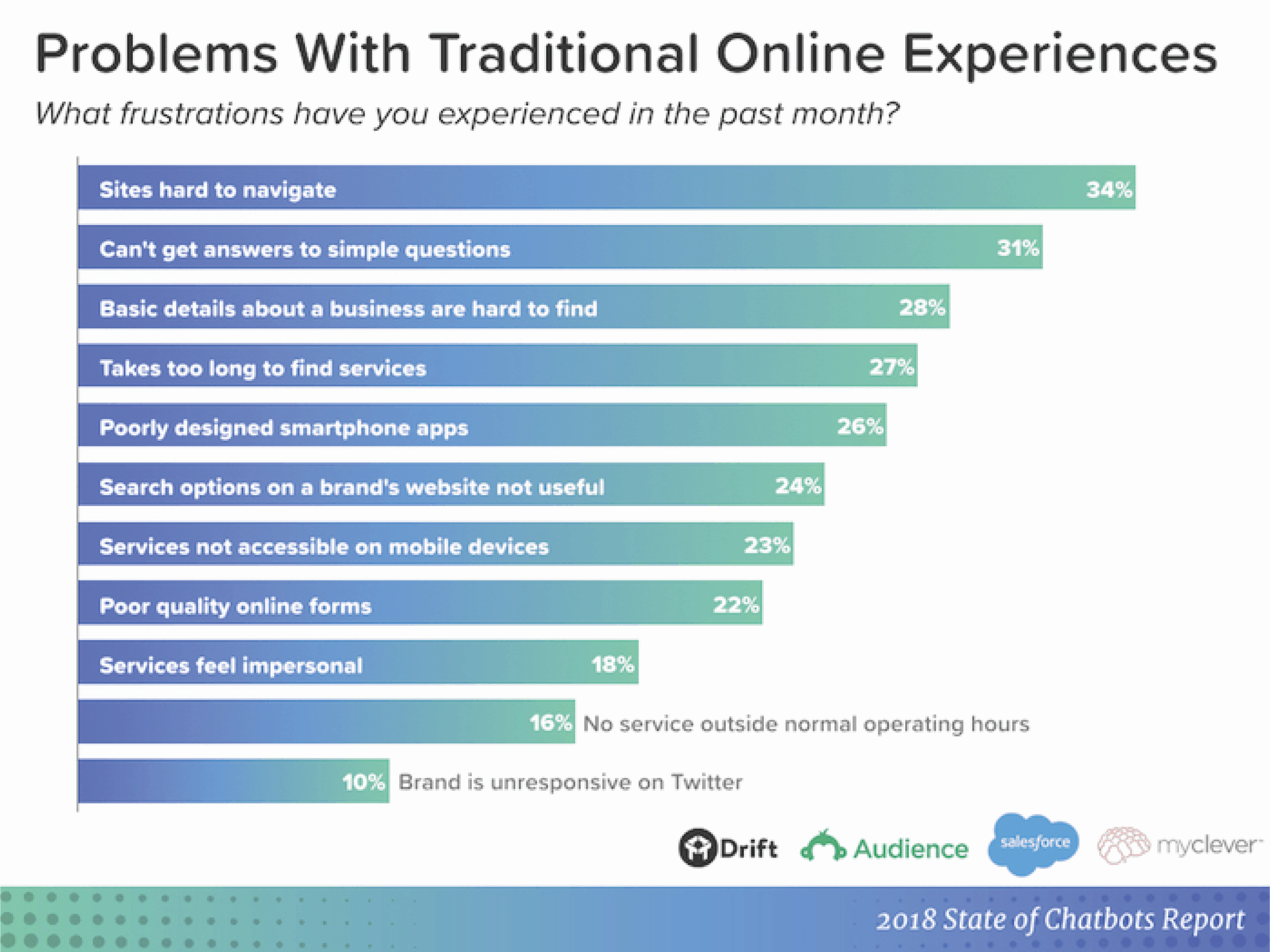
Figure 3.4 Businesses are making it hard for buyers to find the information they’re looking for.
When you look at these top three frustrations—poor website navigation, not being able to get answers to simple questions, and basic company details being hard to find—you can see that they all point to the same underlying problem: Buyers are struggling, and failing, to gain access to the information they need from your website.
By adding a chatbot to your website that could serve as a personal concierge for buyers, you’d no longer have to worry about buyers becoming tangled up in your website’s navigation. Buyers could start conversations with the chatbot and get access to a centralized source of information from any page on your website. And provided you sync your chatbot with your company’s knowledge base or help desk, buyers would always be able to find answers to basic questions about your product. Best of all, because this would all happen over messaging, buyers would be able to get those answers in real time, 24 hours a day, seven days a week.
Millennial Buyers Versus Baby Boomer Buyers
As part of that same 2018 report I mentioned above, we asked consumers what they considered to be the biggest benefits of chatbots when it came to their potential for improving traditional online experiences. Overall, 64% said receiving 24-hour service, making it the top expected benefit of chatbots. In second and third place came getting instant responses and getting answers to simple questions, both with 55%.
When we looked at that same data, but this time organized by age groups, we were surprised to learn that it wasn’t just millennials who had such high expectations for chatbots: baby boomers saw the benefits as well (see Figure 3.5). In fact, while more millennials saw 24-hour service as a potential benefit of chatbots (66% versus 58%), more baby boomers agreed that getting answers to simple questions was a potential benefit (64% versus 52%) and that getting instant responses was a potential benefit (61% versus 51%). The takeaway here: chatbots aren’t just for millennials. They have the potential to improve online experiences for all buyers, regardless of their age.
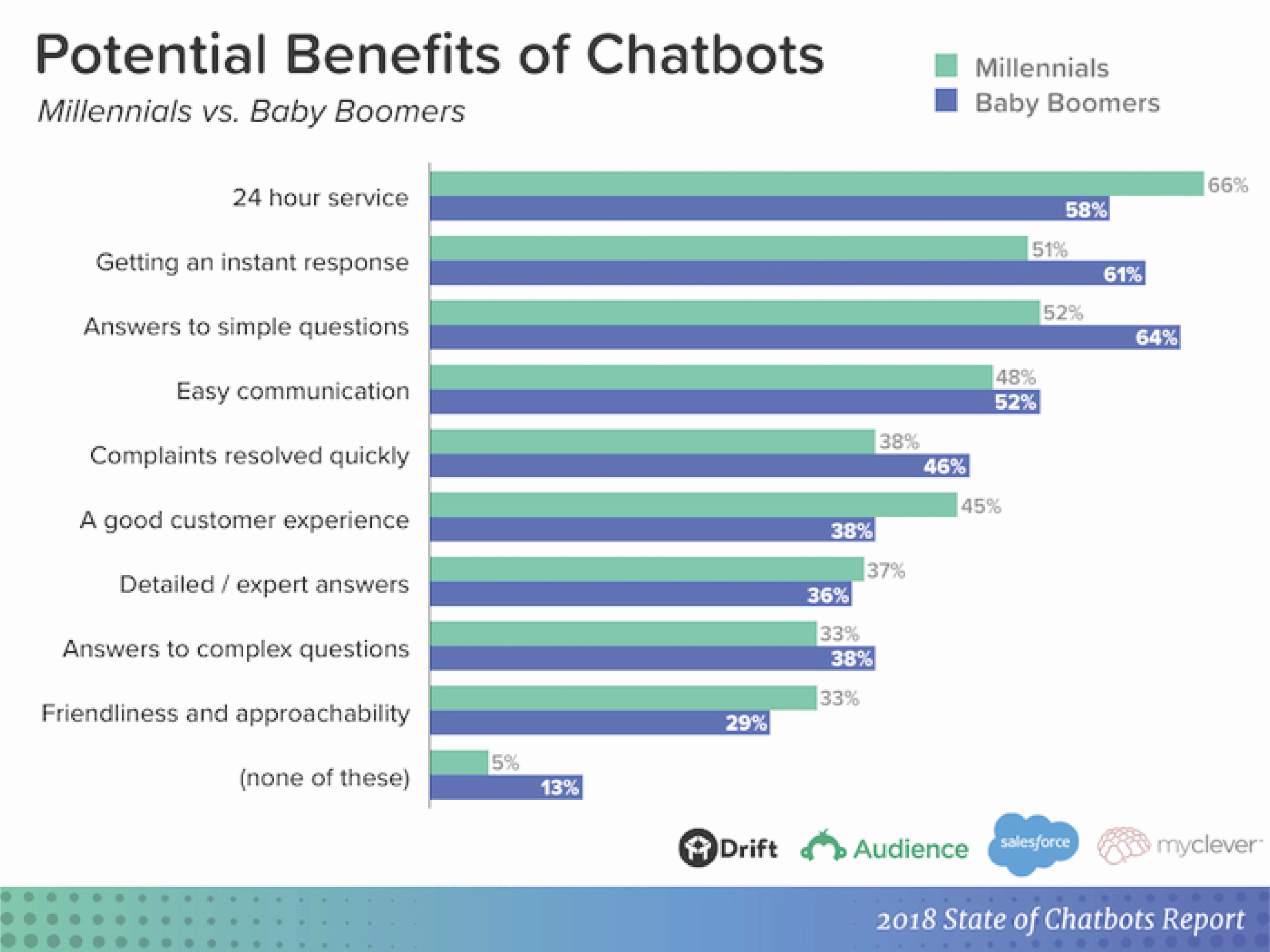
Figure 3.5 Millennials and baby boomers alike are seeing the potential benefits of chatbots.
Potential Blockers to Chatbot Adoption
Of course, not all buyers are ready to abandon human-to-human interactions entirely, and some aren’t sure they trust chatbots to perform certain tasks. In our 2018 study, we found that 43% of consumers would prefer to talk to a human over a chatbot and that 30% would worry about chatbots making a mistake (such as during a purchase or while making a reservation). Meanwhile, 27% of consumers agreed that only being able to use chatbots on a single platform, such as Facebook (and facebook messenger bots), would be a deterrent to adoption (see Figure 3.6).
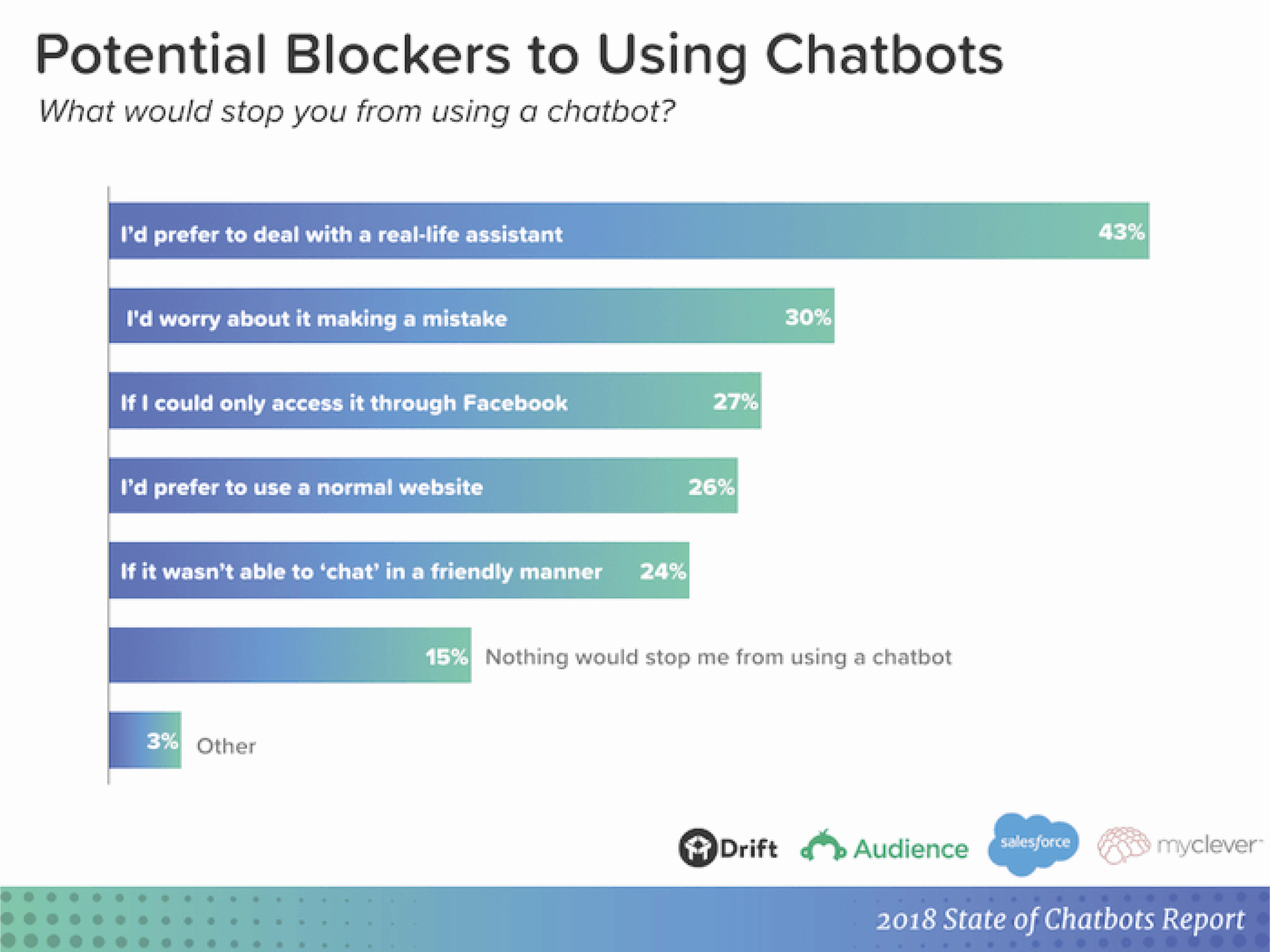
Figure 3.6 43% of buyers would prefer to talk to a person instead of a chatbot.
The good news: As a business, it doesn’t have to be either/or. You can have chatbots handle the tasks that chatbots are good at handling, such as answering basic questions in real time, 24 hours a day, while the humans on your team can handle the tasks that humans are good at handling, like providing in-depth explanations of how your product works. What’s more, you don’t have to force your buyers to sign up for a specific messaging service in order for them to be able to interact with a chatbot. By adding messaging to your website, and then adding chatbots on top of that messaging platform, any website visitor will be able to receive the concierge-level service that chatbots can now provide.
Looking for some inspiration? Check out our library of chatbot examples.
—
Sorry to cut you off here, but we wanted to give you a taste of the third chapter of Conversational Marketing: How the World’s Fastest Growing Companies Use Chatbots to Generate Leads 24/7/365 (and How You Can Too), available for order now! Over the next few months, we’ll be dropping more chapters here on the blog.
Can’t wait? You can order your copy today here.





